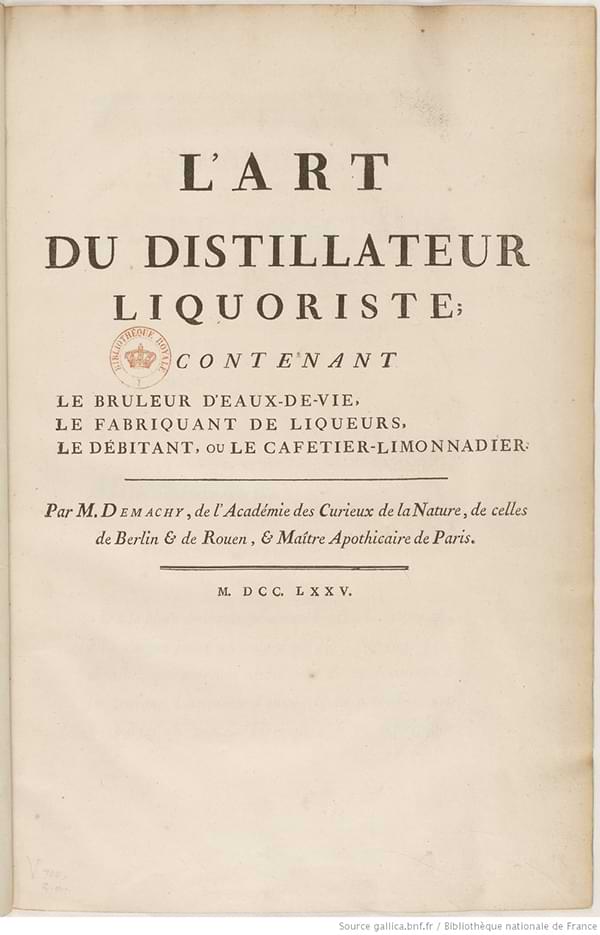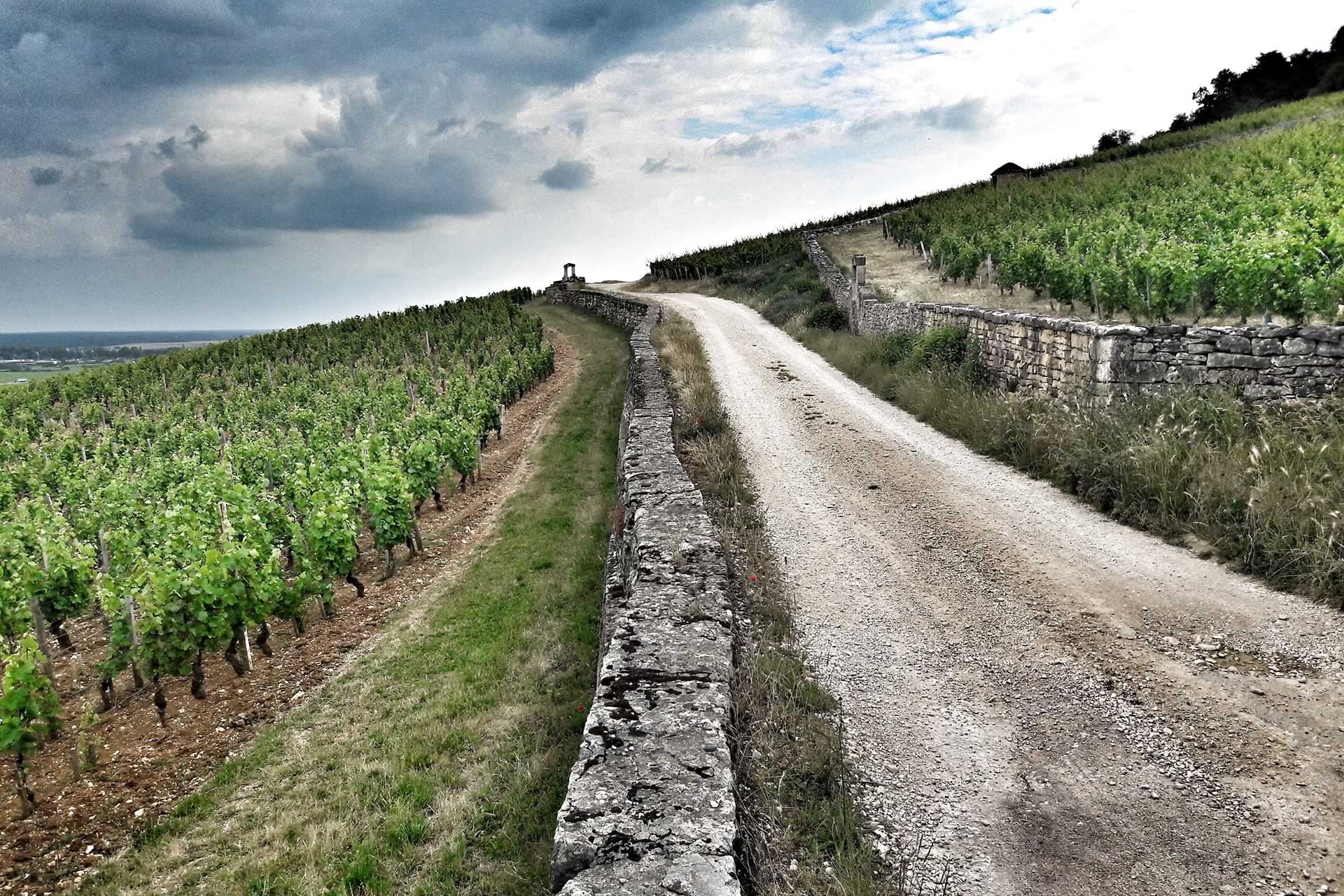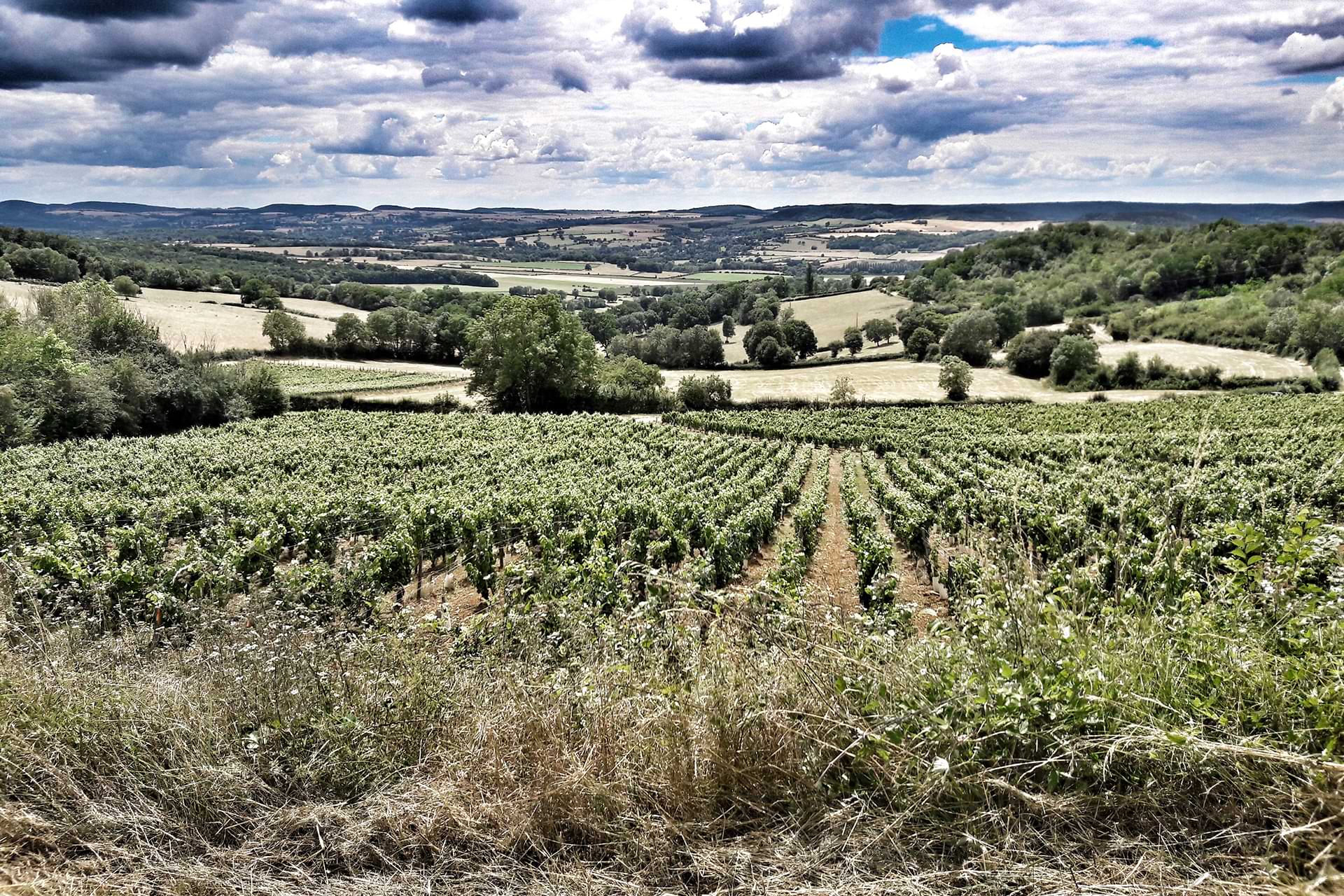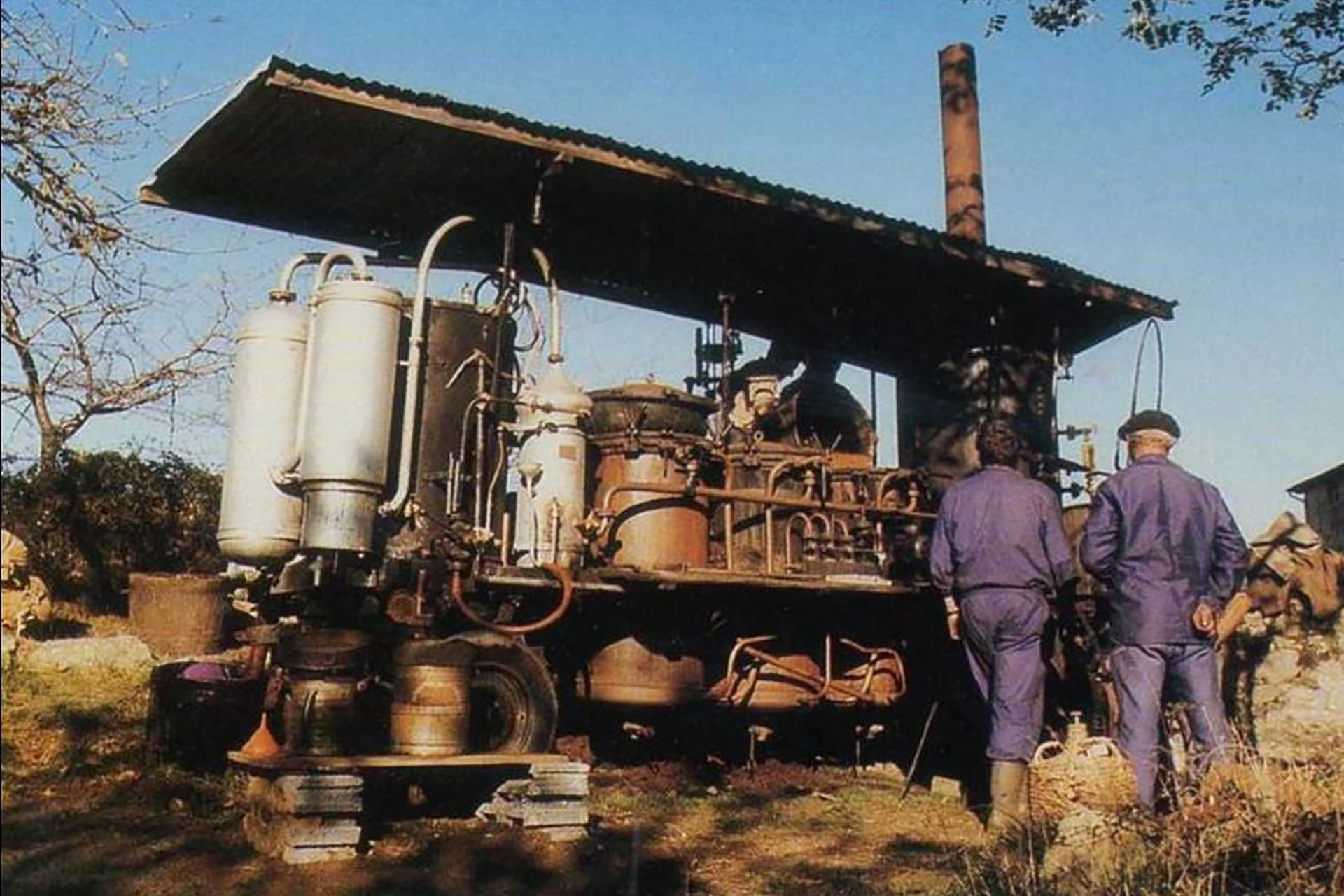Fine
Son histoire
Si le procédé de distillation est connu en France depuis le XIIIe siècle, la distillation ne se répandit en Bourgogne que plus tard. Dès le XVIIIe siècle, la qualité des eaux-de-vie de vin de Bourgogne crée une demande qui peut difficilement être satisfaite du fait du manque de vins de distillation, les vins bourguignons étant encore plus appréciés que les eaux-de-vie. Ainsi, on prend l’habitude de distiller des marcs mais aussi, du fait de leur aptitude à donner des eaux-de-vie-élégantes, des vins de dépôts enrichis par les lies issus des différentes soutirages.
Dès la fin du XVIIIe siècle, l’eau-de-vie de vin de Bourgogne dispose d’une réputation nationale, expliquée par son mode de production original. Ainsi en 1775, dans son livre sur l’art du distillateur liquoriste, Demachy propose d’utiliser du vin de la haute Bourgogne plutôt que du vin du Poitou ou de la Saintonge qu’il considère comme austère et poursuit : » L’eau-de-vie produite par des lies saines et non filtrées est d’aussi bonne qualité, et souvent même plus bouquetée, que celle venant directement de vins « , comme le Cognac.
Puis, à partir du XIXe siècle, l’appellation Fine de Bourgogne est clairement mentionnée. Mais le décret de reconnaissance de la » Fine de Bourgogne » en appellation d’origine réglementée ne fut signé que le 11 Avril 1946.

Son terroir

Il existe plusieurs AOC de Fine en France :
- Alsace ;
- Champagne ;
- Bordeaux ;
- Faugères ;
- Bourgogne…
Chacune a ses propres spécificités, mais elles sont toutes faites à partir des mêmes produits : le vin et ses lies. Pour la Fine de Bourgogne, la provenance des vins, leur stockage, la distillation ainsi que le vieillissement en fût sont réalisés à l’intérieur de l’aire géographique de la Bourgogne viticole constituée de 388 communes sur quatre départements :
- La Côte d’Or ;
- Le Rhône ;
- La Saône-et-Loire ;
- L’Yonne ;
Le vignoble principal s’étend sur la côte bourguignonne, à l’ouest du val de Saône, depuis le nord de Lyon et jusqu’à Dijon.
Ses cépages
Les vins sont issus de raisons blancs et/ou rouges mis en œuvre à partir de cépages suivants :
Aligoté, César, Chardonnay, Gamay, Gamay de Bouze, Gamay de Chaudenay, Melon, Pinot noir, Pinot gris, Pinot blanc, Sacy, Sauvignon, Tressot.
L’AOC ne permet pas préciser les cépages utilisés mais le Chardonnay et le Pinot noir sont les plus représentés, assemblés ou séparés.

Sa distillation et son vieillissement

Les vins sont distillés selon le procédé de distillation discontinu multi-étagé à l’aide d’alambics constitués de vases de distillation et de colonnes de concentration. Les alambics utilisés sont constitués d’au maximum trois vases à chargement successif et d’au maximum trois colonnes de concentration montées en série. Les vases de distillation sont en cuivre et son chauffés à feu nu ou par injection de vapeur. Les eaux-de-vie produites doivent présenter à la sortie de l’alambic, à la température de 20°C, un titre alcoométrique volumique inférieur ou égal à 72 %.
Les eaux-de-vie sont mises à vieillir après distillation dans des fûts de chêne pendant au moins trois ans.